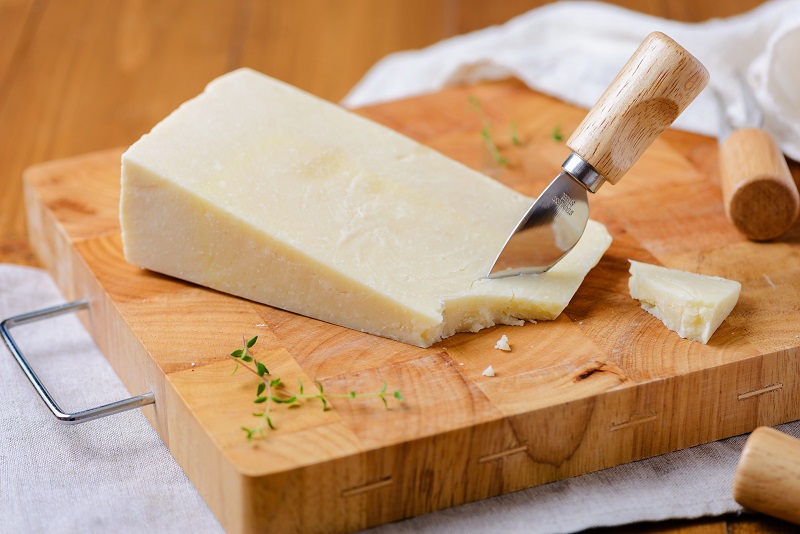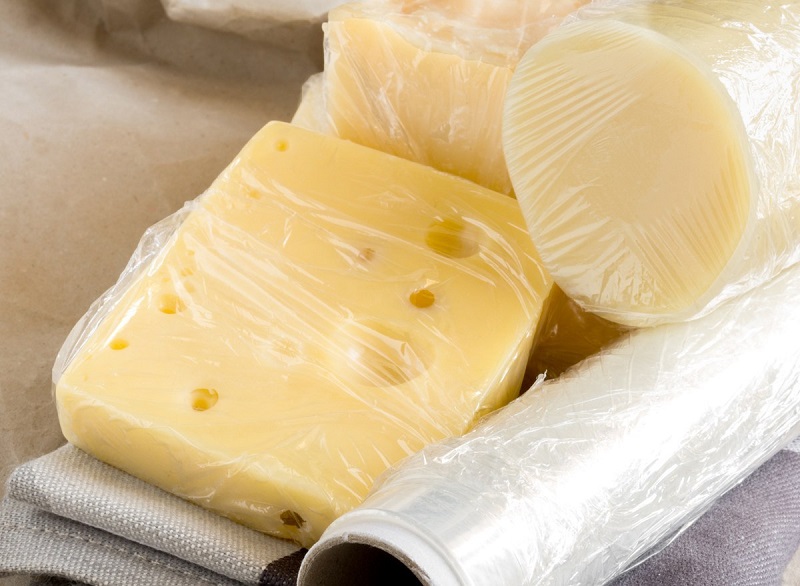Have you ever wondered how to store a nice piece of cheese after you cut it? What if we told you that they should never be kept warm, but only in humid environments? Be careful and try to put our advice into practice: so you can ensure a long shelf life of your favorite dairy products.
Cheeses are a ” must ” on Italian tables. But once you have eaten a piece, the atrocious doubt rises: “and now where do I put it?”. Well, first know that cheese itself is a preservation method. Our ancestors are said to have discovered dairy products by accident in the Mesolithic and used them to keep milk, highly perishable, fresh, and longer.
But who are the enemies of cheese conservation? In general, we can tell you that you have to pay close attention to 4 factors:
- Drying: If the cheese is not stored with the right humidity, the effect may be that all its organoleptic properties will be lost
- The lack of air: Make it “breathe”, otherwise it will tend to “sweat” and all its aromas and perfumes will disappear
- Too cold: Too cold blocks the organoleptic properties of cheeses.
- Too hot: The risks of too high temperatures are fermentation and perishability.
So to properly store your beloved cheese, you will need a place with a constant temperature between 10 ° and 15 °, humidity, and ventilation. What is a place that comes to you that has these characteristics? Of course in the refrigerator. Be careful though, the fridge tends to dry the cheese. Therefore?
So it would be good to keep in mind some important tips and above all to know what you absolutely must not do.
The ways to preserve cheese
1.The aged cheese
2.The grated cheese
3.Cheese in the fridge
4.Vacuum packed
5.To avoid mold
The aged cheese
In the past, aged cheeses were wrapped in a cloth soaked in saltwater. The cloth was changed every two to three days in order to maintain humidity. Fortunately, times have changed and today for aged cheeses, such as Parmesan, a specific paper must be used for their conservation. This type of paper is also available in the slicing department of any supermarket. The protective film prevents direct contact with the air, while the paper on the outside will allow the oxygen necessary to allow the cheese to breathe. If you don’t have a specific paper for storing cheese at home, you can use cling film perforated with a knife.
The grated cheese
The cheese grated can be stored in the refrigerator! Yes, but under some conditions. In fact, it is important to make sure that the package is sealed and intact, and that it is not exposed to air. This storage method maintains the freshness of the grated cheese for a maximum of 2 or 3 days. After a while, it will be better to throw it away.
Alternatively, you can proceed with freezing in the freezer. Grated cheese contains very little water. For this reason, it does not turn into ice, and when you defrost it will be ready for use. Then just place the grated cheese in an airtight container and place it in the freezer. You can also use a freezer bag. In this way, you will be able to obtain very long conservation: from three to six months. After defrosting some grated cheese to use on your plates, remember that you won’t be able to freeze it again but you can only keep it in the fridge for a few more days. Precisely for this reason, it is recommended to keep the grated cheese in the freezer by dividing it into small portions in order to use only what you really need each time.
Cheese in the fridge
The fresher cheeses should be stored in the coldest part of the refrigerator (between 2 and 4 degrees), typically on the lowest shelf or above the fruit and vegetable drawers. Aged cheeses, on the other hand, should preferably be placed in the least cold parts (10-12 degrees), therefore either on the highest shelves or in the door balconies, while all the others should be kept in the compartment between 6 and 8 degrees.
But pay attention to how you store them: once sliced, the cheese must be able to breathe, without risking it drying out. It would be a good idea to avoid cooking cling film, as it could pass some harmful compounds into the cheese. Instead, use aluminum foil or greaseproof paper, making it adhere well to the cut part, so as to preserve its humidity and prevent oxidation.
Vacuum packed
Vacuum packing is an excellent preservation technique for medium and long-aged cheeses, as it significantly extends the life of these types of cheeses: it can last up to 2-3 months. However, the vacuum does not stabilize the product, which continues to evolve albeit at a slower pace
To avoid mold
“Oh my God and what is that mold on the cheese ?”. Calm down, calm down, don’t be alarmed. If a bit of mold appears on your cheese, don’t be afraid, just remove the moldy part, cutting a slice thick enough and avoiding touching the mold with the knife. Different speech for fresh cheeses. In this case, it is better to throw them away.




